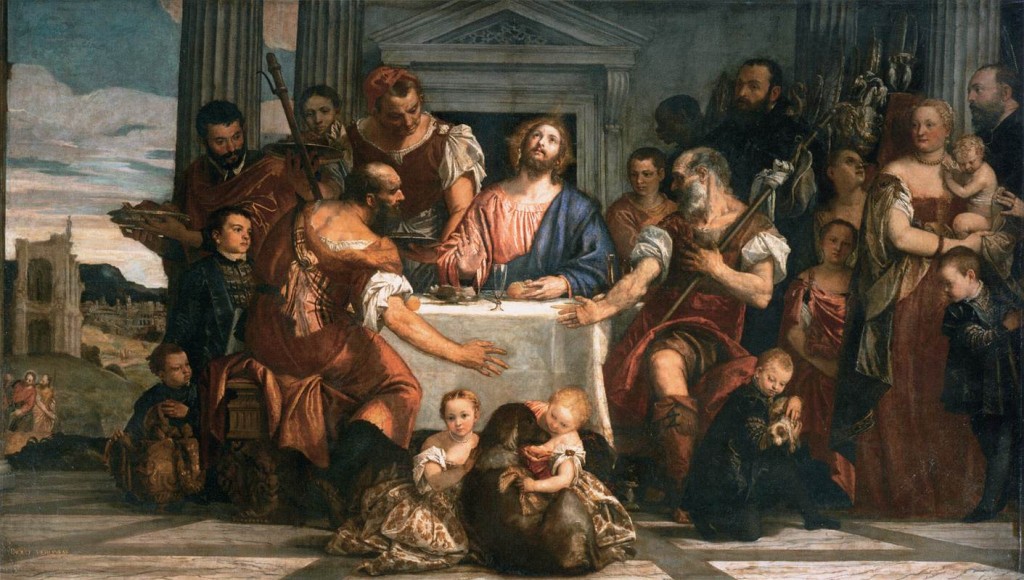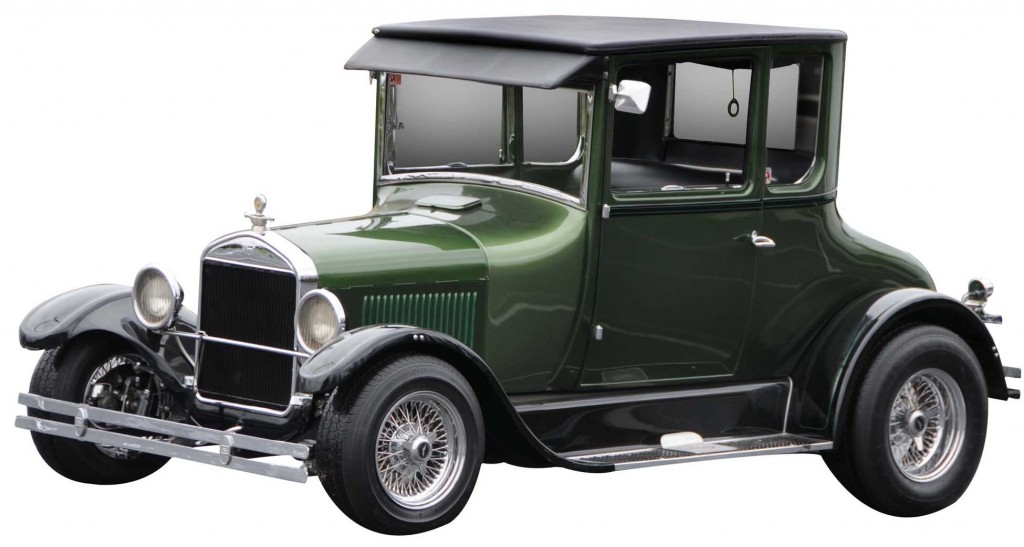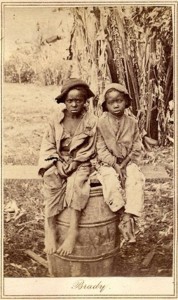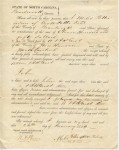Art experts are accusing the Louvre museum of having badly botched the restoration of Veronese’s Supper at Emmaus, giving a key female figure not one but two hideous nose jobs.
The first time they made the classic mistake you see so often in cosmetic surgeries today: turning an unusual down-turned nose tip into a pert, straight, little button nose with ultra-thin nostrils. The second time they tried to repair the repair and the result is a weird, wide-nostriled nose which somehow manages to look both flattened and bulbous. The lips have suffered too. They went from thin to bow-shaped to pouty.
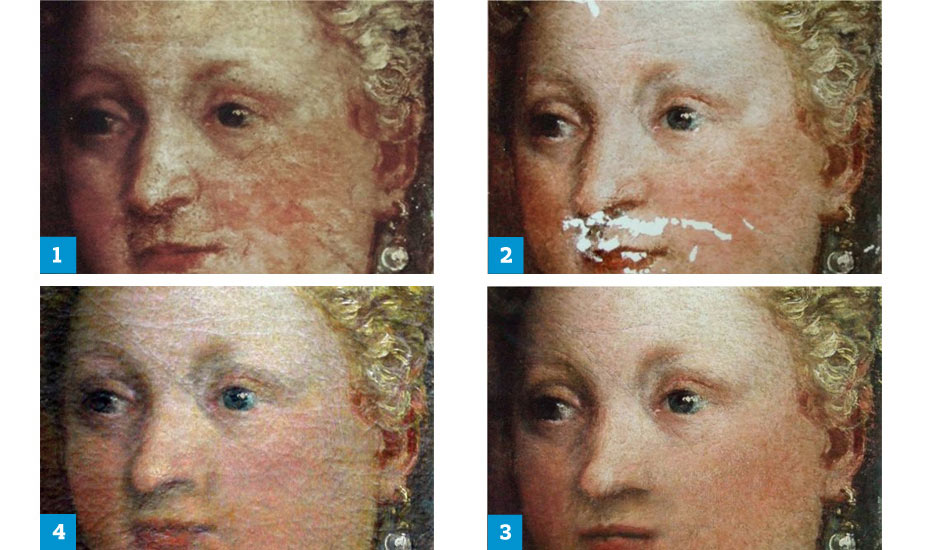
Figure 1 is the original face of the mother in Supper at Emmaus. She has a lovely character-filled nose with a gentle bump, a down-turned tip, a slender upper lip and a full bottom one. In figure 2 the “repaints”, additions thought to have been made over the centuries by past restorers, have been removed. In figure 3, you see the first nose job with its button nose and completely different upper lip. Finally figure 4 is how the painting looks now, with its down-turned again but sharper nose tip, misshapen nostrils, amorphously swollen lips and disappeared filtrum.
Michel Favre-Félix, president of the Association for the Respect and Integrity of Artistic Heritage (Aripa) in Paris, said: “Veronese had pictured a noble family mother, as an echo to the Virgin Mary, and it has been turned into a caricature of a 21st-century adolescent, with bloated cheeks and a ridiculous pout.”
He accused the restorers of unnecessarily retouching Veronese’s original and of “falsifying the whole physiognomy and expression”.
More seriously, their “re-retouching”, as he put it, was a covert repainting without leaving any record of their actions in the museum’s files.
Describing the attempt to correct the first restoration as a “tacit admission” of “gross errors”, Favre-Félix said that the museum has refused to acknowledge the second restoration, despite photographic evidence showing how the painting has changed.
The French press went ballistic on the Louvre when they noticed the first restoration, so apparently the museum went in surreptitiously for a second round of Michael Jacksoning but without making a record of it in their own official files. Louvre officials describe the second nose job as a “bichonnée”, ie, a little “pampering”, so minor that there was no reason to add it to the painting’s dossier.
Restoration watchdog group ArtWatch UK will publish an exposé of the Supper at Emmaus nose jobs in their journal this month (available only to members, I’m sad to say), just in time for the Louvre committee’s June 18th meeting to decide whether to restore Leonardo Da Vinci’s Virgin and Child with St Anne. If they do go ahead with it, ArtWatch fears that the Mona Lisa will be next, since there are tons of big money sponsors who would love to throw cash at the Louvre if it meant they would get to be associated with the masterpiece.
